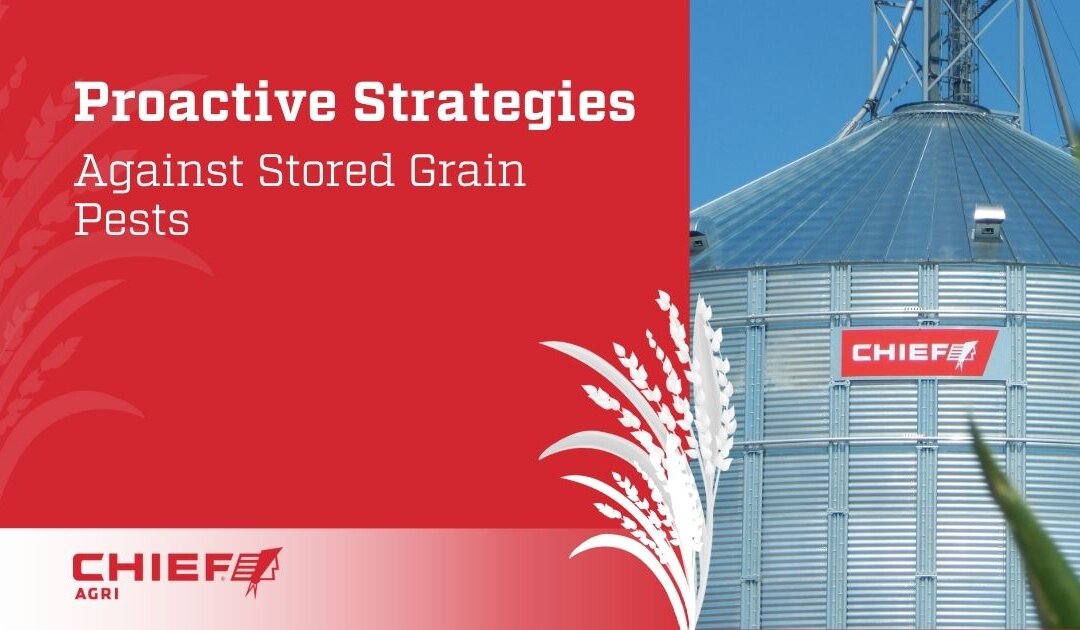Safeguarding Your Harvest from Stored Grain Pests With Proactive Pest Control Strategies
Stored grain pests pose a significant threat to agricultural productivity and grower profitability. Insects, mites, and molds can quickly infest harvested crops, leading to substantial economic losses for farmers worldwide. Beyond the immediate damage, the presence of stored grain pests can result in dockage, rejection of grain shipments, and a significant reduction in the overall quality and quantity of the stored product.
As a leader in grain storage solutions, Chief Agri understands the critical importance of grain storage safety and grain preservation. For more than 60 years, we’ve provided innovative products as key parts of a robust pest control strategy. We’ll discuss expert, proactive steps for protecting stored grain from pests, empowering you to eliminate existing infestations and prevent future ones to safeguard your valuable harvest.
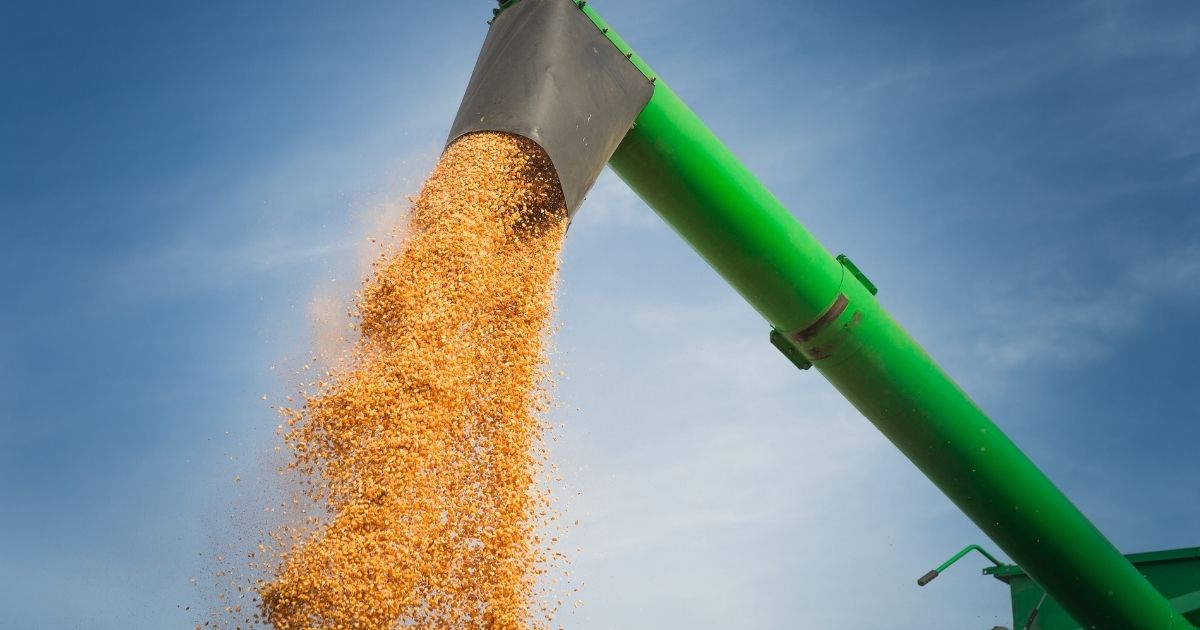
Understanding Common Stored Grain Pests and Their Impact
To effectively combat your grain’s enemies, it’s essential to understand who they are and how they operate. These unwelcome guests fall into two main categories: primary and secondary pests.
Primary Pests
Primary pests are those that can infest and damage whole, sound kernels. These pests thrive in environments where there’s residual grain, warmth, and moisture. They are adapted to developing inside the grain kernel, making them difficult to detect until an infestation is well underway.
Key examples of primary grain pests include:
- Granary weevil (Sitophilus granarius): A flightless beetle that bores into kernels, laying eggs inside.
- Rice weevil (Sitophilus oryzae): Similar to the granary weevil but can fly, making it more mobile.
- Lesser grain borer (Rhyzopertha dominica): A small beetle that bores into kernels, creating significant dust.
- Angoumois grain moth (Sitotroga cerealella): A small moth whose larvae feed inside kernels, emerging as adults.
Secondary Pests
Secondary pests primarily feed on broken kernels, grain dust, or mold, often following damage initiated by primary pests or poor storage conditions. These pests are often a symptom of underlying issues with grain quality or storage conditions.
Common secondary pests include:
- Sawtoothed grain beetle (Oryzaephilus surinamensis): A flat beetle that feeds on damaged grain and processed foods.
- Confused flour beetle (Tribolium confusum): A reddish-brown beetle that infests flour and processed grain products.
- Indian meal moth (Plodia interpunctella): A common pantry pest whose larvae spin webs and feed on the surface of grain.
The Impact of Pests on Grain Stores
When pests consume grain, it leads to a significant weight loss of 10-20% of grain stores. Because pests target nutrient-dense parts of the grain, this results in a reduction in the grain’s nutritional value. Damage to grain causes decreased germination rates, which can impact future planting.
Pest activity also raises grain moisture and temperature, fostering mold growth and harmful mycotoxin production. These toxins make grain unsafe for consumption, risking severe penalties or lot rejection.
Grain pests aren’t just nuisances – they cause real economic losses for grain producers. Knowing how to eliminate and prevent them is critical for a successful and profitable harvest.
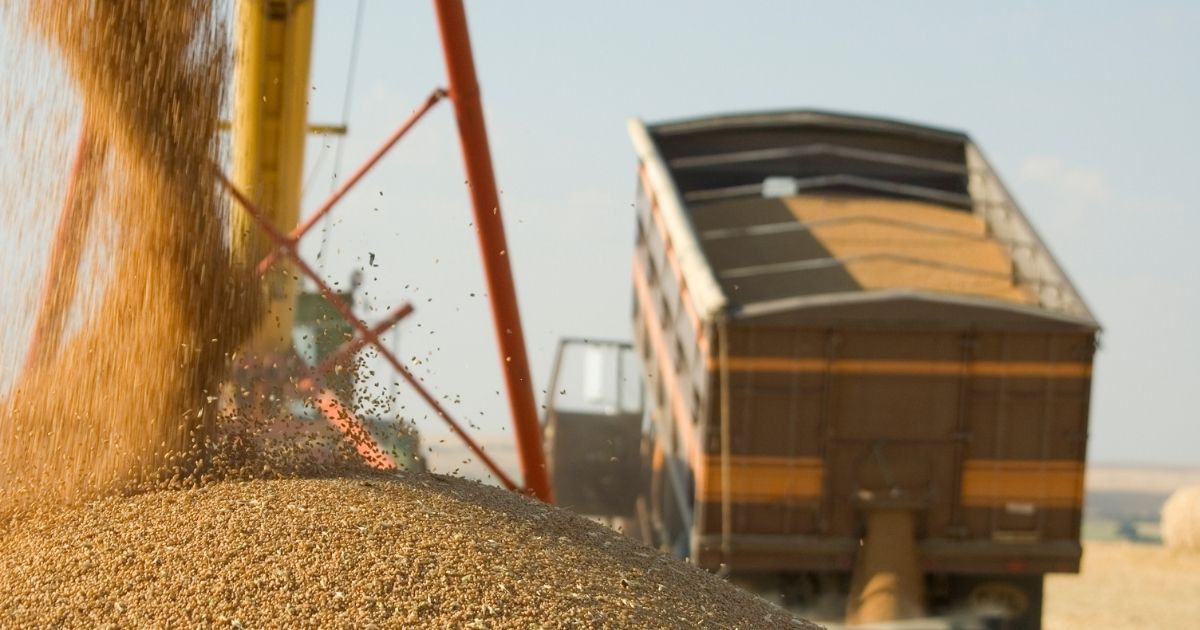
Pre-Storage Strategies for Grain Pest Control
The most effective approach to stored grain pest control begins long before the new harvest enters the bin. These pre-storage strategies are the foundation of successful grain preservation.
Sanitation: The First Line of Defense Against Pests
Thorough sanitation of all grain storage facilities is non-negotiable. Even small amounts of residual grain can harbor overwintering grain pests or serve as a food source for new infestations. Remove old grain, dust, and debris from grain bins, silos, augers, conveyors, and any other equipment that will come into contact with the new harvest.
Clean and repair storage structures, being sure to inspect bins for cracks, holes, or gaps in walls, floors, and doors. These can provide entry points for pests and make fumigation less effective. Seal all openings and ensure proper door and window seals.
Grain Preparation for Optimal Conditions
Proper grain preparation is another vital step in minimizing pest susceptibility, as high moisture content, foreign material, and hot spots encourage pests. Ensuring safe grain preparation includes:
- Drying grain to appropriate moisture content levels.
- Cleaning grain to remove foreign material, weed seeds, and broken kernels.
- Evenly spreading grain during loading for better aeration.
These essential steps not only discourage pests but also promote uniform conditions crucial for long-term grain preservation.
Empty Bin Treatments
After thorough cleaning, applying residual insecticides to empty bins can eliminate any lingering stored grain pests before the new harvest. Always follow label instructions for proper application rates and safety protocols. Ensure there is adequate ventilation and wear the appropriate personal protective equipment (PPE).
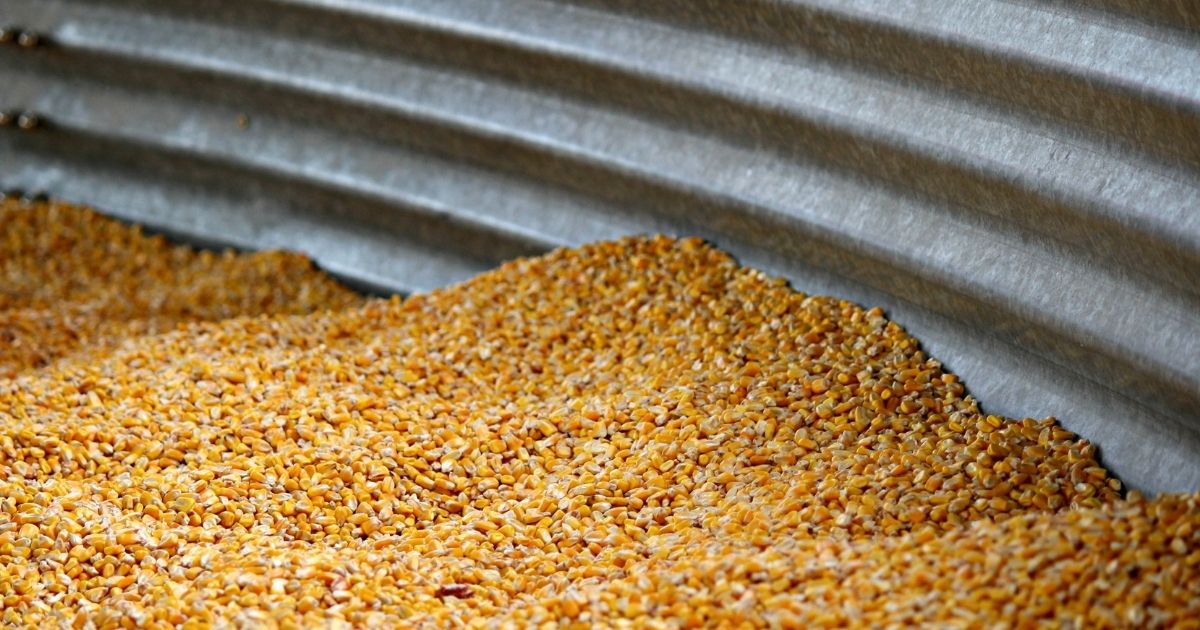
Measures for Protecting Your Grain Investment During Storage
Even after rigorous pre-storage preparations, ongoing vigilance and proactive measures during storage are essential for effective agricultural pest management.
Aeration and Temperature Management
Controlling the internal grain environment is a powerful defense against stored grain pests. Proper aeration systems circulate air to equalize temperature and reduce moisture, slowing pest development and reproduction, especially below 50°F (10°C). Watch for “hot spots,” as these localized temperature increases often signal early insect activity.
Monitoring and Inspection
Regularly inspecting your stored grain is vital for early pest detection and intervention. Look for visible insects, unusual odors, moisture, or “hot spots,” using grain probes and insect traps for deeper assessment. Increase inspection frequency as grain temperatures rise, since pest activity escalates in warmer conditions.
Grain Protectants
When used judiciously, grain protectants offer an additional layer of defense against stored grain pests. These products, like abrasive diatomaceous earth or insect growth regulators (IGRs), are typically applied during storage or as a top dressing. They work by either physically damaging pests or disrupting their development to prevent reproduction.
Integrated Pest Management (IPM) for Stored Grain
The most effective grain pest control often utilizes Integrated Pest Management (IPM), a comprehensive strategy. IPM combines sanitation, monitoring, physical controls like aeration, and targeted chemical or biological methods for complete agricultural pest management. This holistic approach ensures long-term grain preservation, reduces chemical reliance, and minimizes pesticide resistance risks.
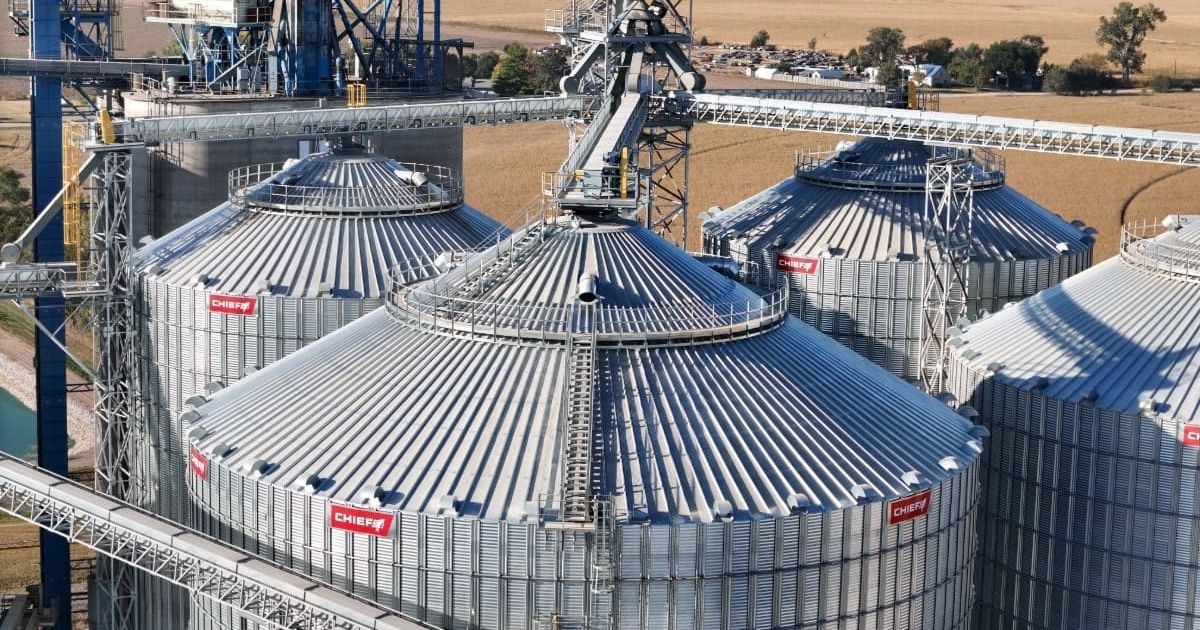
Addressing Existing Stored Grain Pest Infestations
Despite best efforts, grain pest infestations can sometimes occur. When they do, swift and effective remedial actions are necessary.
- Identify and Assess Infestations: A few individual insects may not warrant drastic measures, but widespread or rapidly multiplying populations require immediate attention.
- Cool and Turn Grain: This can disrupt pest activity by altering their environment. Cooling grain can slow down insect metabolism and reproduction. Moving grain also breaks up insect aggregations and redistributes heat.
Fumigation (When Necessary)
Fumigation involves using gaseous pesticides to penetrate the grain mass and kill insects. It is a highly effective, but potentially hazardous, method that should be used as a last resort.
Since fumigants are toxic, they should only be applied by certified professionals adhering to strict safety protocols. Due to concerns about pesticide resistance, environmental impact, and occupational safety, exploring alternative control methods should always be a priority.
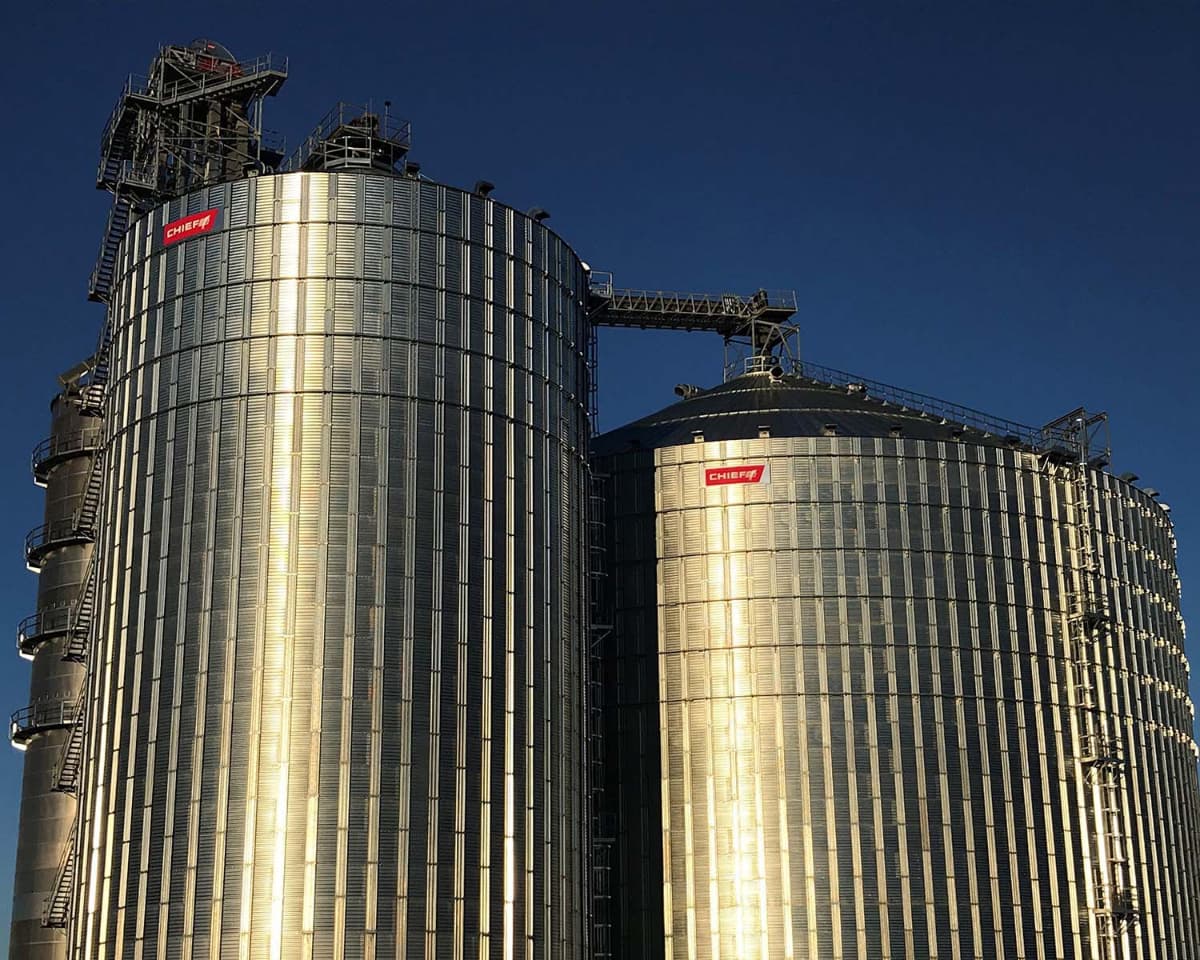
Chief Agri’s Advanced Solutions for Stored Grain Pests
Our high-quality grain storage solutions are designed with grain storage safety and grain preservation in mind. Chief Agri’s advanced conditioning and aeration systems provide precise control over temperature and moisture, actively inhibiting the conditions favored by stored grain pests. Our robust and well-sealed grain bins minimize entry points for insects and make any necessary fumigation more effective.
Chief Agri is dedicated to supporting growers with innovative solutions for agricultural pest management. We believe that top-tier storage infrastructure is a foundational element of any effective grain pest control program. For more than 60 years, our expertise in grain storage technology has played a crucial role in preventing and controlling stored grain pests.
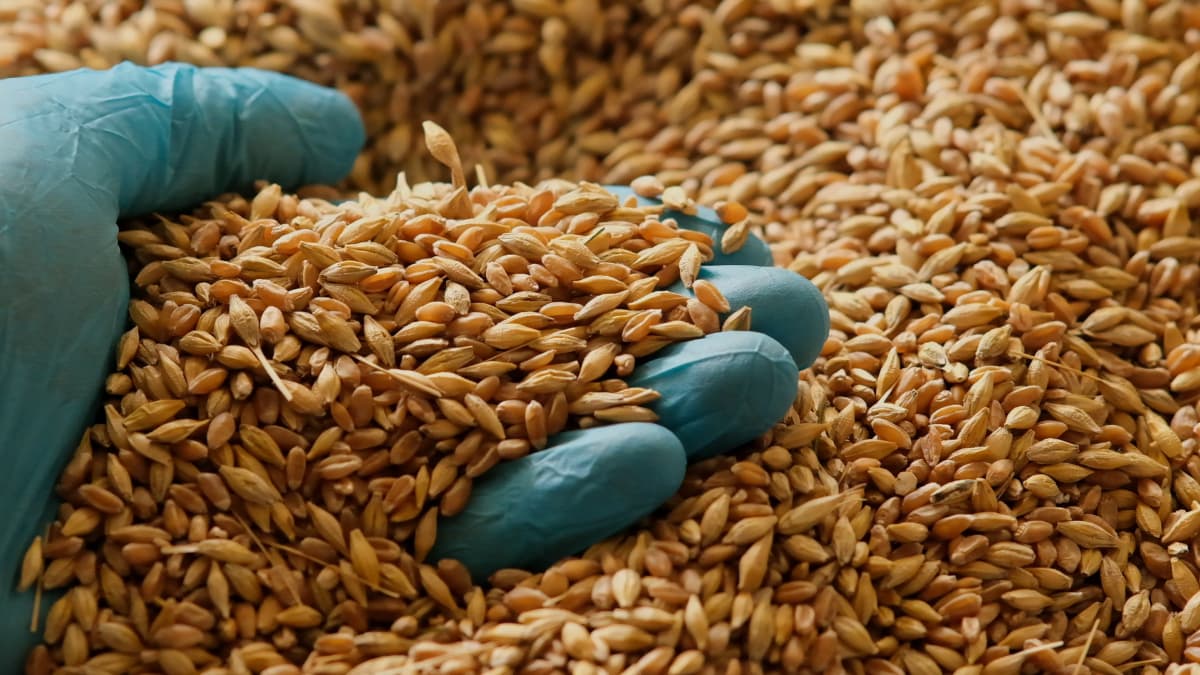
A Future of Protected Grain and Enhanced Profitability
The battle against stored grain pests is an ongoing one, but with proactive strategies, you can significantly reduce your risks and protect your valuable harvest. By implementing thorough sanitation, proper grain preparation, vigilant monitoring, and strategic use of aeration and protectants, you can ensure optimal grain preservation and profitability.
Chief Agri stands as your reliable partner in achieving this goal. Our high-quality grain storage products are designed to complement your pest management efforts, providing the robust infrastructure needed for effective grain preservation and enhanced profitability.
For advanced solutions that form an integral part of your effective grain pest control program, contact Chief Agri today.

